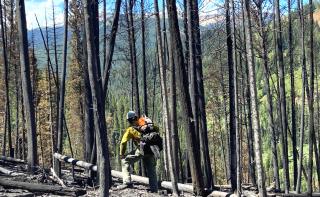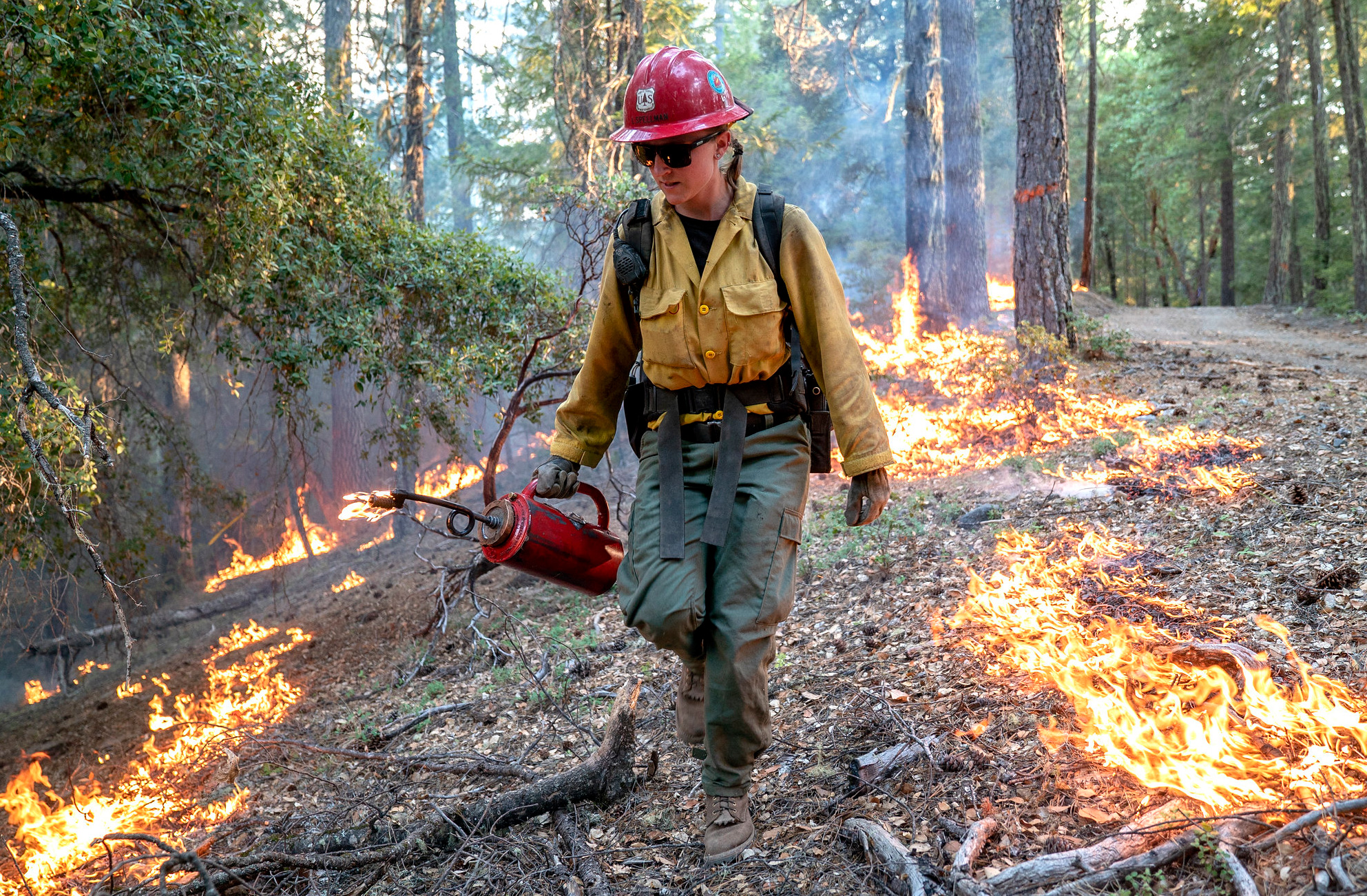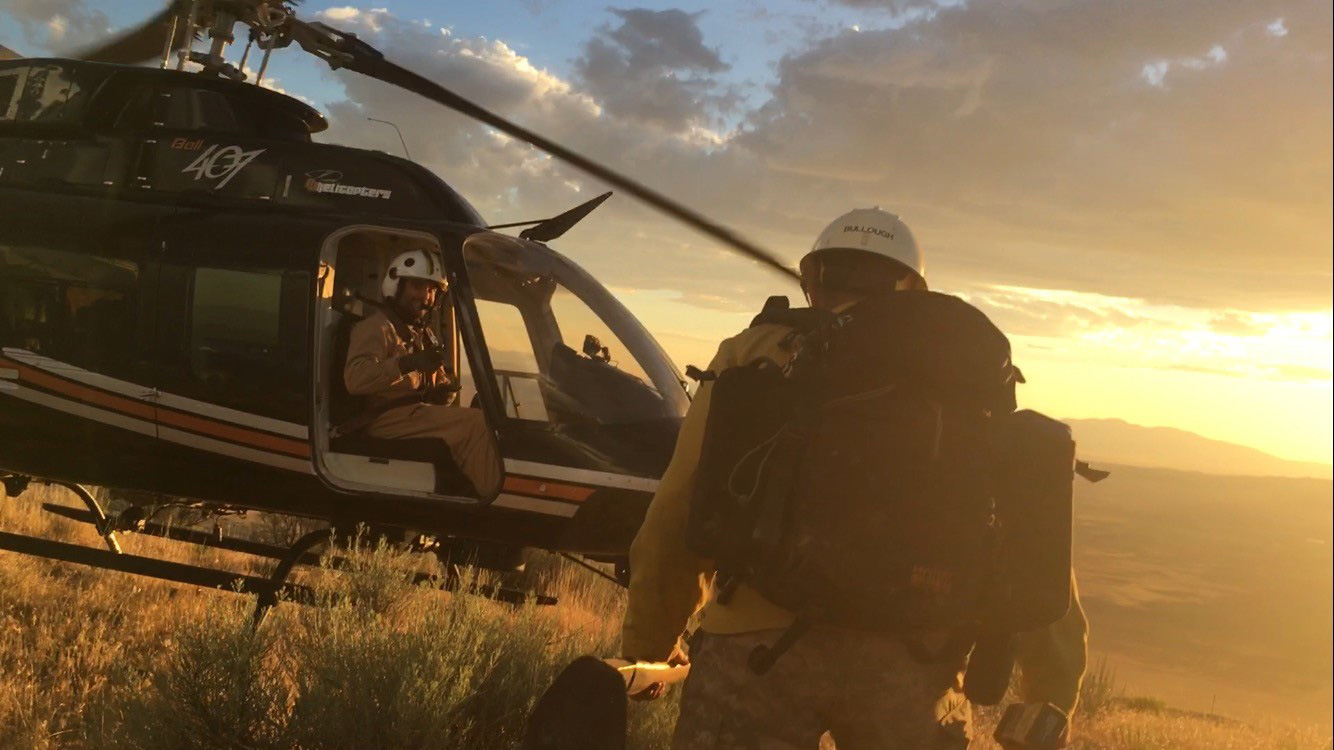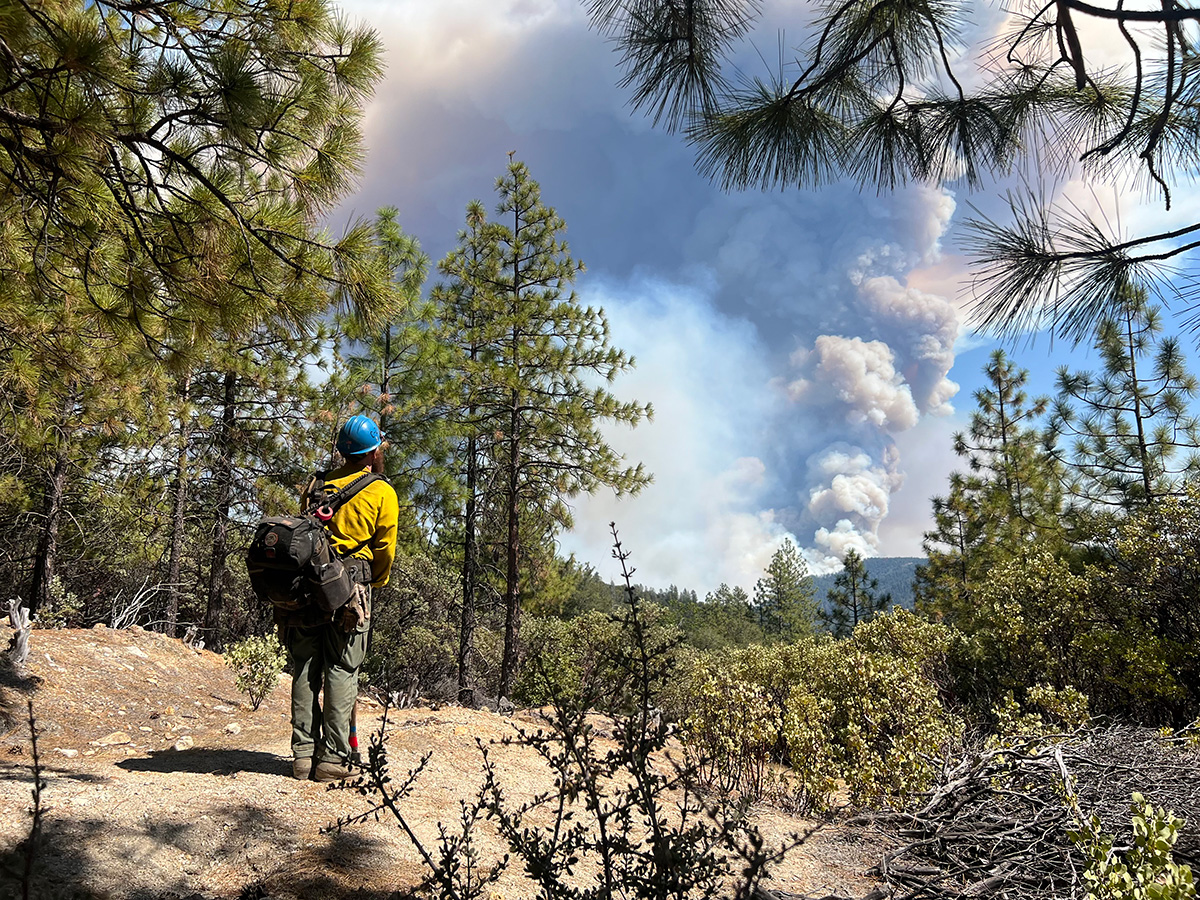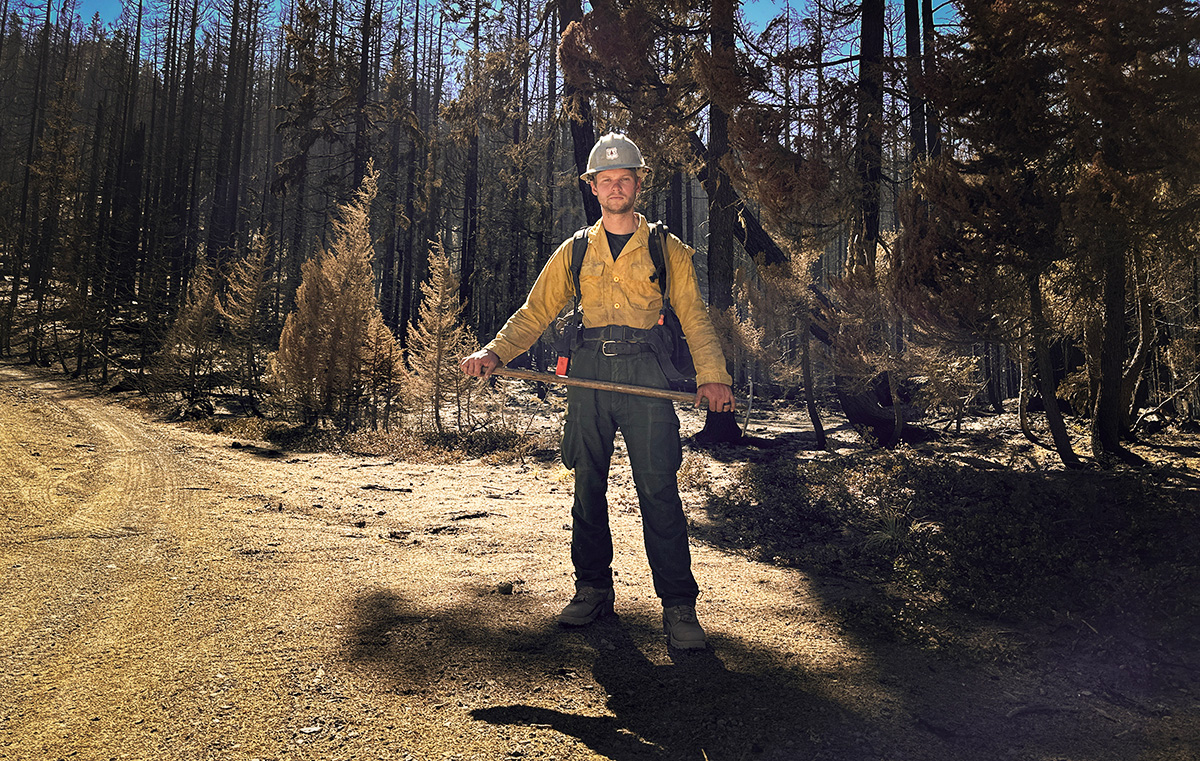
This is the seventh story in a series called Affording the Fight.
“I have enjoyed this career path I’ve chosen,” said Jay Beus, a Swan Valley Helitack senior firefighter with the U.S. Department of Agriculture’s Forest Service on the Caribou-Targhee National Forest in Idaho.

Unfortunately, his career path may soon have to change.
Beus joined the Forest Service through an apprenticeship program and earned a permanent position within three years. Despite the Forest Service’s investments in Beus, including multi-year training and valuable certifications, he may have to move on to another agency for pay that covers his family’s basic expenses. Their primary challenge is affordable housing.
To be within a reasonable commuting distance from work, Beus and his family needed to move to the Swan Valley area in Idaho. The Forest Service had no permanent seasonal housing available to them and the local housing market was well above what Beus’ modest pay afforded.
“Living on a GS-4 pay scale salary just was not cutting it,” said Beus, referring to the federal general schedule pay scale, under which his base pay is about $3,000 per month. “We can barely survive in this area. Groceries are expensive, and rent is expensive. We are talking $800-$1,000 for a single room.”
Beus found it extremely difficult to find a place for him, his wife Ren and their dog to live. So, he improvised. Beus bought an old 30-foot school bus and, during his off-season, converted it to a home for the three of them.
“I eventually found somewhere to park it in somebody’s backyard,” said Beus. “We had the bare minimum necessities – power, water and a composting toilet. We would go to the gym to shower.”
Of course, parking in someone’s backyard was not a permanent solution. After constantly struggling with finding a place to park their school bus home, Beus and Ren downsized to a cargo van, where they live now. After five years of searching, they still cannot find affordable permanent housing or land on which to park their van. Paying $500,000 or more for a home in the commuting area is simply out of the question.
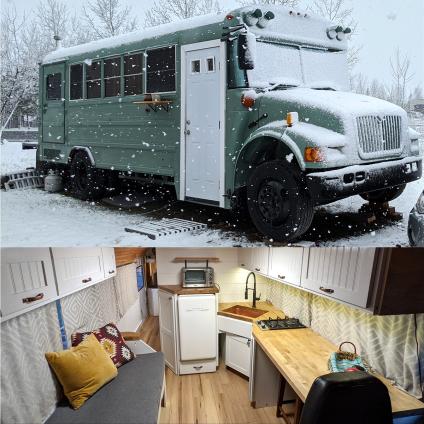
Beus knows his Forest Service wildland firefighting career and the housing and financial situation it creates just isn’t sustainable, despite pay provisions in the Bipartisan Infrastructure Law, which, starting in 2022, provides firefighters with a 50% or $20,000 pay supplement, whichever was less. The Forest Service and Department of the Interior will exhaust Bipartisan Infrastructure Law funding for the firefighter pay supplement at the end of fiscal year 2023. Without a permanent pay solution, firefighters face what has been termed a “pay cliff.” This means their pay will drop from current supplement levels to previous levels, meaning a loss of $20,000 per year for most of them.
“The supplemental pay is like a carrot in front of a donkey—enough to keep us going in the hope of a permanent solution,” said Beus.
Union officials for the National Federation of Federal Employees Forest Service Council expect 30-50% of Forest Service wildland firefighters to leave for higher paying jobs if their base pay returns to previous levels, in some cases only $15 per hour.
“I am constantly thinking about switching careers to finding something that does pay more, especially to do this dangerous job. We fight fire and provide safety and protection to the national forest and nearby communities, and barely make it,” said Beus.
Helitack firefighters like Beus are specially trained to attack wildfires by helicopter. Their primary mission is quickly responding to new fires in remote areas. This difficult and dangerous work is part of why 98% of wildland fires are contained within 24 hours of the initial response.
Beus, like many federal wildland firefighters, may have to take his Forest Service training and experience to a state, local or private firefighting organization that pays enough for his family to afford a house with basic amenities within his commuting distance.
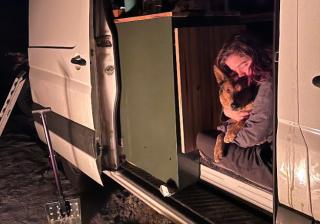
“I’m not wanting to make all the money in the world, but I do want to have a productive career and live comfortably doing this job because I do love it so much,” he adds.
More to learn
We invite you to read more firefighters’ stories to better understand their struggles and learn how the 2021 Bipartisan Infrastructure Law pay supplement has helped them and their families continue to serve the public until a permanent pay solution is enacted by Congress. Their stories represent the thousands of outstanding men and women that serve in a variety of emergency responder capacities across the Forest Service.
